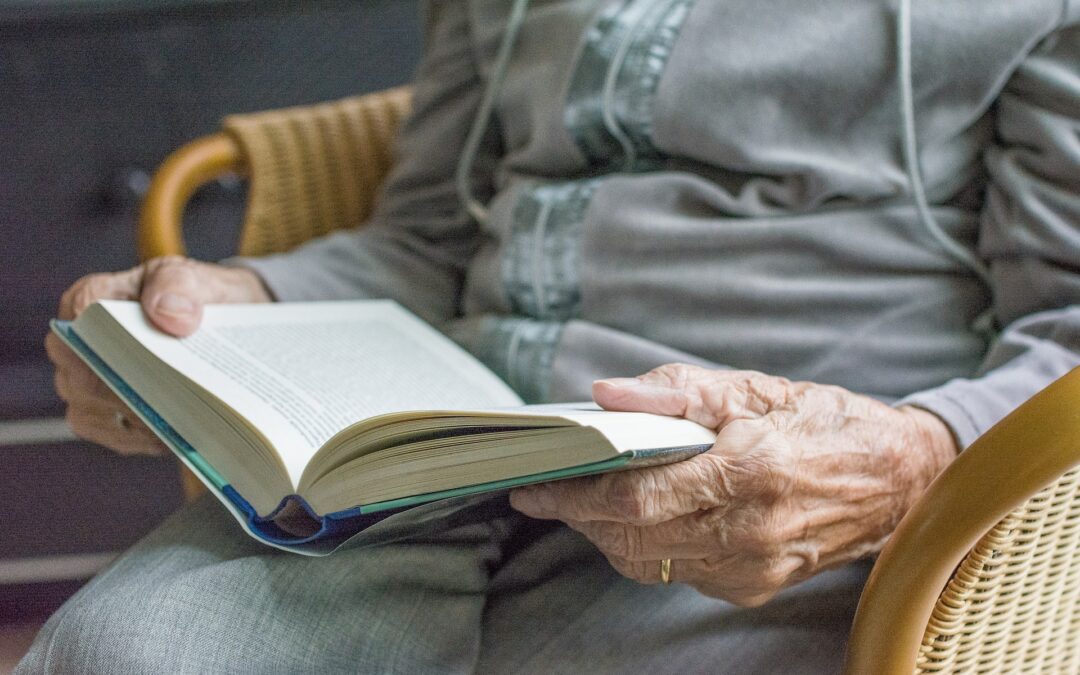It’s 2021 and here we are, in the middle of an inoculation period that none of us will ever forget. COVID-19(C19) is a pandemic that has not only impacted all of us as individuals, but as communities, nations and as a global entity. As the pandemic continues on, so does the vastness of our grief and loss. Fortunately, we learn and grow with new ideas about what grief and loss looks like amist C19. As nurses and caregivers, it is part of our duty and responsibility to learn about how to manage and support the ongoing loss and healing our clients and families are going through as it relates to C19.
COVID-19 is considered a rapidly forming, infectious respiratory disease that takes the lives of individuals quickly. The infected spread the virus through saliva and nasal discharge when they cough or sneeze. Currently, there is no explicit therapeutic treatment for the disease; therefore it is imperative that we all continue to wear our masks, wash our hands and continue to social distance (CDC 2021). While we are all at risk for contracting C19, with proper measures, the disease can be prevented.
With ongoing client care being provided in the home care setting, it is vital all nurses and caregivers learn about how to cope with and support clients and families facing bereavement, grief, and mourning losses they did not know they needed to. Ongoing research and education can help aid the clients and families we serve.
In 2018, Sveen et al. study informs us that individuals who are traumatically bereaved because of a disaster, experience devastation on a personal level that can last for years into the future. The devastation of the pandemic is characteristized as a mass trauma which is similar to experiencing a flood, hurricane or terrorist attack. Supporting the grief and loss healing related to the pandemic is best started by recognizing it.
Mourners typically have the ability to fully grieve and experience all of the emotions related to loss, but due to the pandemic, having the ability to completely feel each individual emotion, has been virtually disrupted. This pandemic has added complications for mournes to grieve due to multiple factors. Some examples include not being able to hug each other, sit closely together, or touch caskets in loving ways to say our goodbyes (Burrell et al., 2020). A lower ability to receive and accept social support complicates our grieving process. Visitor restrictions in healthcare settings and social distancing are the gold standard of prevention but are less helpful towards the grieving process. In addition, ambiguous loss and disenfranchised grief are also characteristics which have affected our COVID-19 grief.
Ambiguous loss is an obscure type of loss which can lead to complicated types of grief (Boss, 2016). Ambiguous loss results in two different types. First off, is a physical loss with a psychological presence. Examples would be a missing person, miscarriage or kidnapping. With Covid-19 ambiguous loss came into play when loved ones could not see their loved ones at passing. Patients themselves feel isolated because they are longingly waiting for their family to come back.
The second type of ambiguous loss is “psychological absence” and “physical presence” (Boss, 2016). This is illustrated by conditions such as dementia, addiction, ongoing mental illness, etc. Similarly Covid 19 instances include no visiting patient hours, cognitive impairment and patients on ventilators.
To support the strain relating to ambiguous loss, nurses and caregivers can aid families by connecting them through social conferencing, social media, email, text messaging, written information, MyChart communication and more.
Disenfranchised Grief
Research has shown that for every Covid-19 related death will leave a number of 9 bereaved loved ones, if not more, behind (Verdery et al. 2020). From parents, to spouses to aunts, uncles and nieces and nephews, disenfranchised grief can occur with any of them. According to Doka 2017, disenfranchised grief can be a loss which we cannot grief openly, mourn publicly or be supported by society. We are living through difficult times with public safety in mind, mourning has become more complicated. Losing an animal or going through a divorce are painful examples of losses which go unrecognized. As a society, the bereaved require support through such unprecedented times.
As we continue our discussion in our next blog, we will discuss what we can do next to help our community through our time of mourning.

